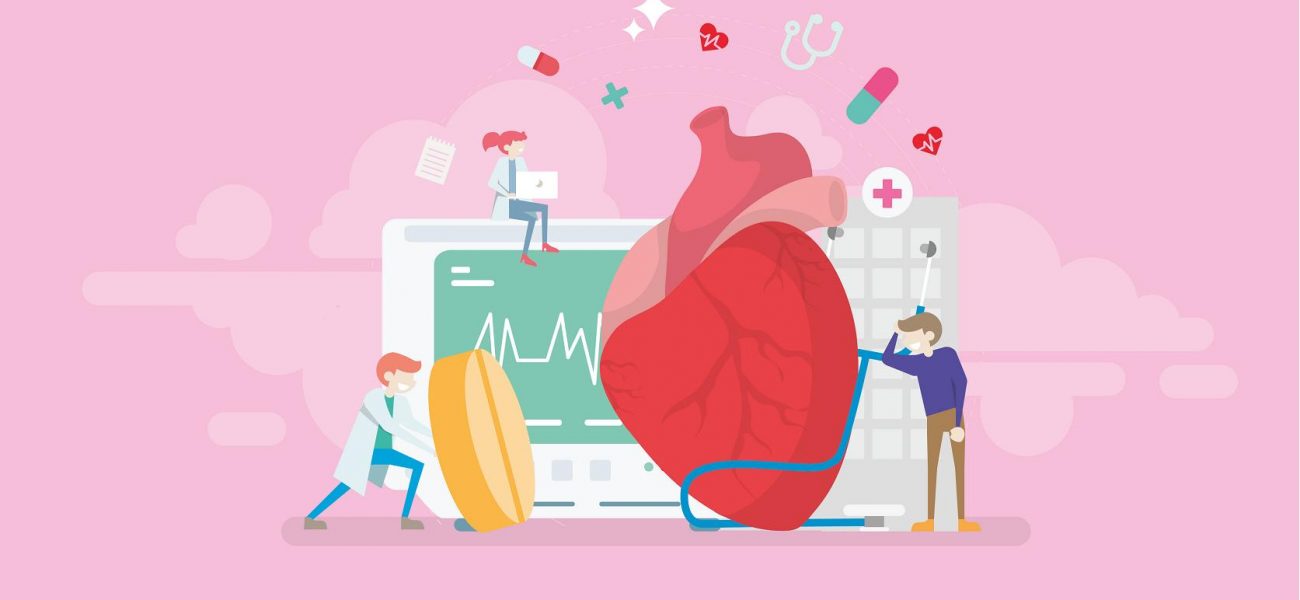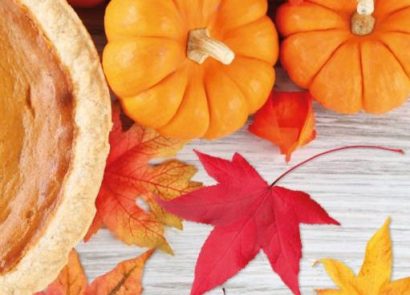Boost your heart health with these simple lifestyle tweaks
In true 90s mob-movie style, cholesterol plays both Good Cop and Bad Cop inside your body. LDL cholesterol (Bad Cop) is the main lipid, a fat-like substance that causes damaging build-up and blockage in your arteries, and HDL (Good Cop) cholesterol stops it from building up. Too much LDL cholesterol can have a negative effect on your body and cause the blockage of blood vessels, contribute to heart problems and in extreme cases, cause heart attacks. The good news? A healthy diet and regular exercise can massively impact your cholesterol levels. So to get a bit more specific, we asked the experts the easy tricks they’d make to reduce the amount of LDL cholesterol in their own bodies.
1. Fill up on fibre
Everyone is talking about fibre right now and the research from the American Journal of Clinical Nutrition shows that lowcarb diets aren’t sustainable long-term – so we don’t have to eat plain chicken breasts for lunch anymore. Fibre is your BFF now. “Consuming enough soluble fibre, which is present in wholegrain cereals, legumes, fruits and vegetables can positively impact blood cholesterol,” says nutritionist Sarah Franciosi (benecol.co.uk). “Beta-glucans are a type of soluble fibre and you should aim for around 3g of this a day. To achieve it you could have a bowl of porridge for breakfast, three oatcakes with fresh tomatoes and hummus as a snack, and then 30g oats added to a smoothie with lunch.”
2. Get your sweat on
Your FitBit may be satisfied with your step count, but even if you exercise regularly and eat healthily, being overweight can still impact your cholesterol levels, as Sarah explains. “The European guidelines recommend 30 minutes a day of exercise to help you stay healthy, but weight-loss encourages blood lipids (cholesterol and triglycerides) to stay at optimum levels.” Aerobic exercise is great for improving cholesterol and helping to aid weight-loss, so walking, jogging, swimming, and cycling are all great options.
3. Oil up
Dressing, basting and marinating; using too much oil can be a slippery slope. But don’t fret. There’s stacks of evidence to show that the right oils and fats can be beneficial. “Eating a Mediterranean-style diet supplemented with extra-virgin olive oil or nuts can have a positive effect on blood cholesterol,” says Sarah. “Research from The New England Journal of Medicine suggests that it might be able to reduce the incidence of cardiovascular events by almost 30 percent. Try eating more oils made from vegetables and seeds, such as olive, rapeseed and sunflower, as well as fat spreads made from these oils.”
4. Catch of the day
A weekly helping of fish can be a good way to keep your heart healthy. “Oily fish, such as sardines, salmon and mackerel are the best source of omega 3 fats,” says Sarah. “At least two portions of fish per week are recommended to the general population, one of which should be oily fish. Together with the regular consumption of other food sources of omega 3 fats (nuts, soy and flaxseed oil) this should support healthy blood cholesterol level.” Another reason to feel less guilty about eating that tuna sarnie in the office.
5. Switch to soy
Starting the day with a caffeine fix is a must for most of us and the good news is that swapping the type of milk we use can impact our cholesterol levels. “Soy protein can help to support healthy cholesterol levels, especially when it replaces animal protein foods,” says Sarah. “Switching out fatty foods like red meat with soya meat alternatives, or opting for tofu once in a while can be a great step in the right direction.”
6. Nifty nuts
If you struggle to watch an episode of Poldark without a hand wandering towards the biscuit tin, then swapping your snacks can be a simple way to help lower your cholesterol levels. “Nuts are great options for a healthy diet since they contain protein as well as valuable micronutrients like vitamin E, magnesium and potassium,” says Sarah. “They tend to be higher in unsaturated fat and lower unsaturated fat which is good for a cholesterollowering diet, and they also contain fibre which we know is important.” The serving of nuts we need a day is 30g (a small handful), or in nut numbers, 20 almonds or 15 cashews.
7. Sterols and stanols
Sterols and stanols might sound a bit like steroids, but fear not, these substances are found in plants and help block the absorption of cholesterol, as Sarah explains. “When consumed in sufficient amounts, plant sterols and stanols can help reduce LDL-cholesterol. They’re found naturally in some edible plants, but only in tiny amounts, so often they’re added to a variety of products, including yoghurts, yoghurt drinks, cereal bars and spreads.”
More than 80 clinical studies have shown that a daily intake of 1.5-2.4g of plant stanols can reduce cholesterol by between seven to 10 percent within two to three weeks, so scan your supermarket shelves and keep an eye out for products like Benecol which have added plant stanols.
8. Say no to salt
If you can’t go without that extra sprinkling of Himalayan sea salt (yes, we know it’s pink) cutting back might not seem that appealing. But as nutritional therapist Terry Fairclough (yourbodyprogramme.co.uk) explains, there is an indirect link between salt and cholesterol. “Salt increases the volume of water in the blood, meaning that the heart has to work harder, putting pressure on the artery wall – this is known as hypertension. High blood pressure over a long period of time can cause tears where substances like cholesterol can get trapped, forming a plaque build-up that reduces the diameter of the arteries further.
Blood cells can stick to this plaque build up and harden, causing clots.” Adults should eat no more than 6g of salt a day, so check the Traffic Light labels of your favourite supermarket products and try to reduce the amount of processed food in your day-to-day diet.
9. Chop and change
If you find that your shopping list looks the same every week, one of the best things you can do is mix up your fruits and vegetables. “Eating a varied diet full of fruit, veg, pulses, nuts and seeds helps the liver function properly, and provides additional fibre which removes cholesterol from the body. Foods such chicory root, Jerusalem artichokes, garlic, onions and bananas can help to reduce the amount of LDL being absorbed and avocados are high in monounsaturated fats, which can help raise levels of HDL cholesterol in the blood.” As if we needed more of an excuse to have avo on toast for breakfast.
10. Cut back on the booze
Some of us love a weekend tipple, but like salt, alcohol will affect cholesterol indirectly. “An enzyme called alcohol dehydrogenase (ADH), which is mainly found in the liver, but also in the stomach lining,” says Terry. “These alcohol by-products are highly reactive compounds that cause damage to the body, especially the liver.” So how much is too much? To stay in good health, the government recommends drinking no more than 14 units of alcohol per week (heartuk.org.uk).
In the genes ?
It’s not exactly the family handme- down you want, but familial hypercholesterolaemia (FH for short) can lead to heart disease at a very young age. “High cholesterol can also be genetic,” says Terry. “It’s a defect in the control mechanism for cholesterol production in the liver.” If your family has a history of high-blood pressure then your doctor can test you for FH. Diagnosis is important as treatment is more effective the sooner it’s started.



















